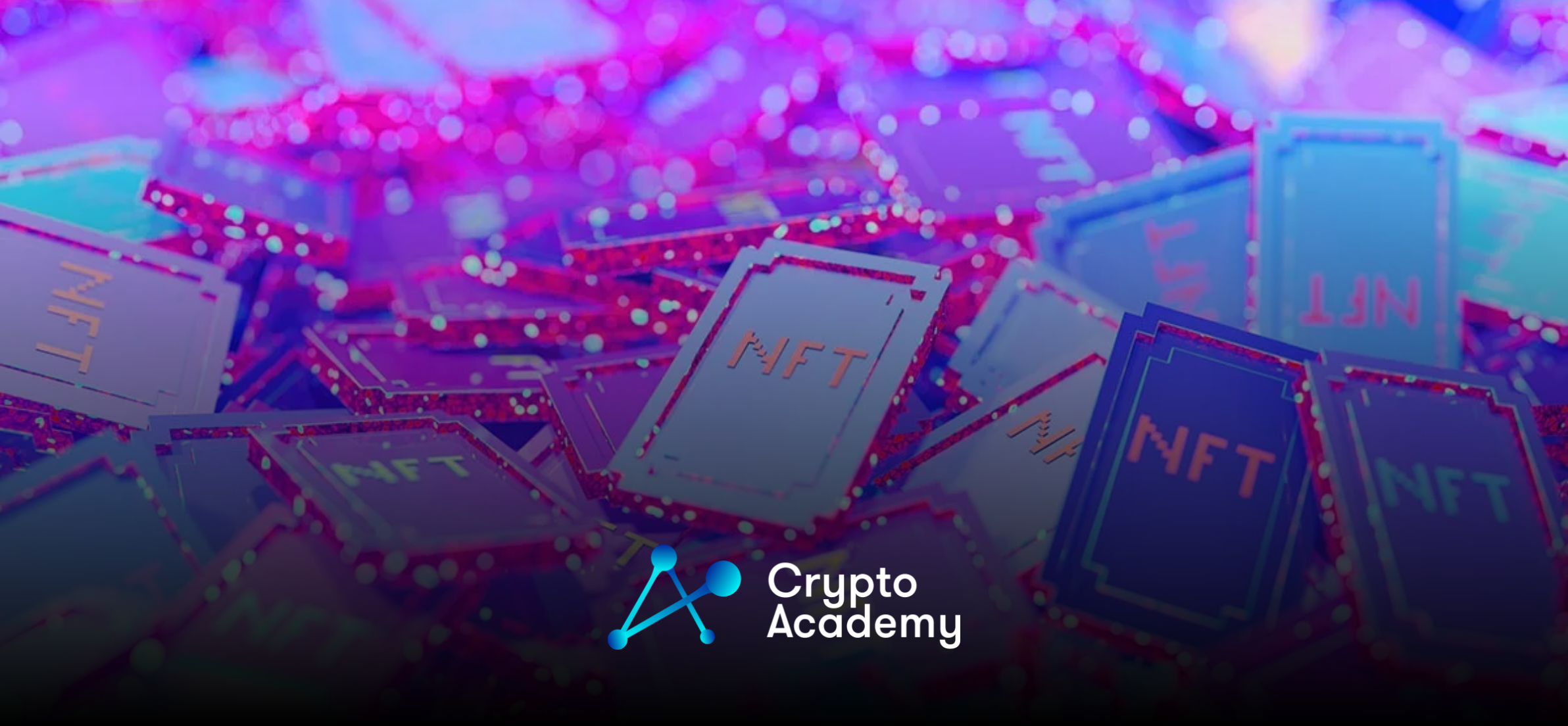The recent decline of the NFT market signals a maturing industry shifting focus from speculative trading to genuine utility.
The NFT market has seen a significant decline in both value and sales volume over the past year. However, industry experts suggest this is not a cause for alarm but a sign of a maturing market. These shifts suggest that as people become better informed about the technology, NFTs will move from being speculative assets to tools with practical applications.
Yemel Jardi, the executive director of the Decentraland Foundation, suggests that the slide in NFT prices isn’t regression but rather an indication of the market stabilizing. His views are in line with a September report from dappGambl. The report assessed more than 73,000 NFT collections and found that up to 95% of them had lost value. According to Jardi, this is a natural part of market cycles and a period of adjustment is necessary for any evolving market.
The reason for the price decline, Jardi argues, is the market’s previous focus on speculative trading. As NFT enthusiasts and investors gain a deeper understanding of the technology’s potential use-cases, Jardi anticipates a shift towards valuing NFTs based on their utility rather than speculative value.
Beyond Digital Art: Expanding the NFT Landscape
Anjali Young, the co-founder of Collab.Land, agrees with Jardi’s observations. She notes that the removal of mandated royalty fees by major marketplaces like OpenSea in late August has led to a stumble in many projects. Nevertheless, Young firmly believes in the long-term prospects of NFTs, predicting their application in various sectors like loyalty programs, rewards, and advertising in the coming months.
Tama Churchouse, COO of Cumberland Labs, adds that NFTs are still very much alive. He sees ongoing developments in the space as evidence that NFTs continue to have a pulse. While digital art has been the most dominant use case for NFTs so far, Jardi emphasizes the broader implications of the technology. NFTs can be used to signify ownership of tangible assets in new and innovative ways, opening up possibilities beyond the realm of digital art.
Even in the realm of governance and institutions, NFTs are gaining traction. For example, China Daily, a Chinese-state-owned newspaper, recently revealed plans for a digital collectible trading platform. Scott Lawin, CEO of Candy Digital, points out that the entertainment sector also stands as a massive market for NFTs to explore. He noted that almost a quarter of MLB fans who entered stadiums using mobile tickets redeemed digital tickets as a form of collectible memorabilia, thereby highlighting real-world utility.
Adidas, Bud Light, Gucci, and Prada are among the big brands diving into the NFT space, and they’ve seen an increase in active users on their Discord channels, according to Young. This seems to corroborate the theory that the NFT market, currently valued at $5 billion, is undergoing a transition from speculative trading to genuine utility.

